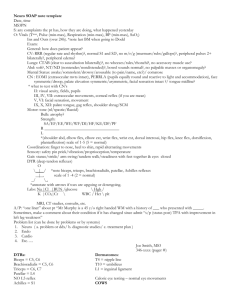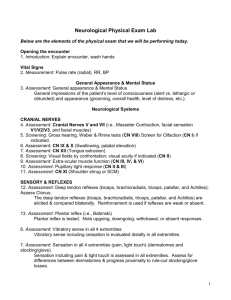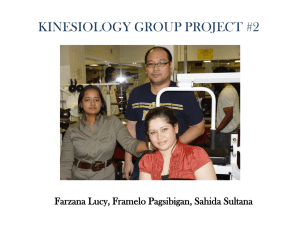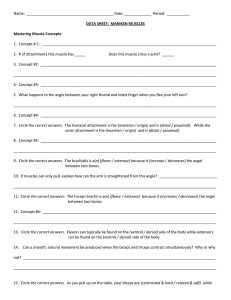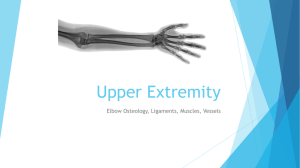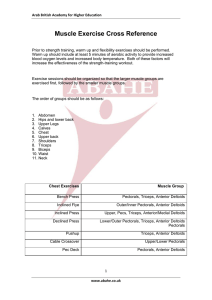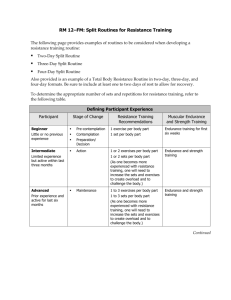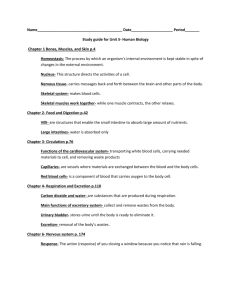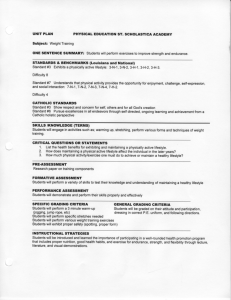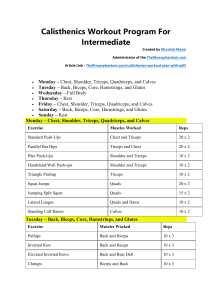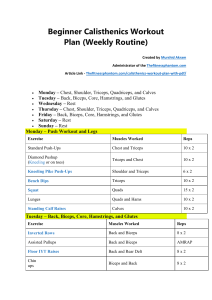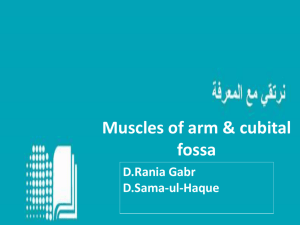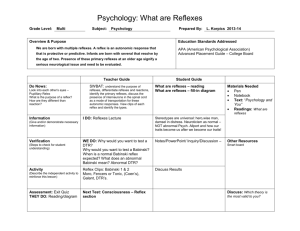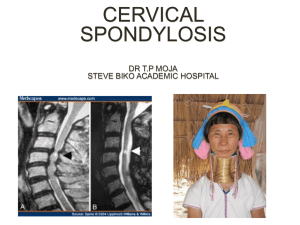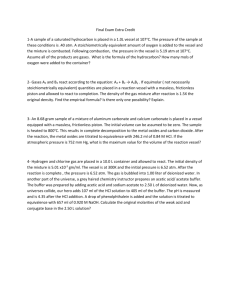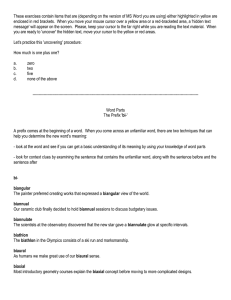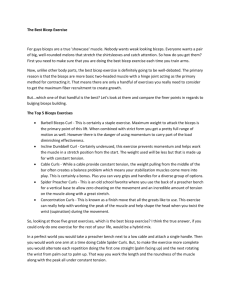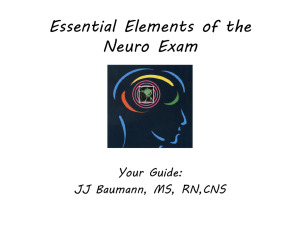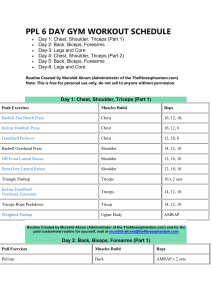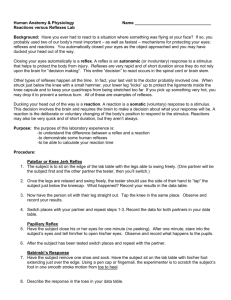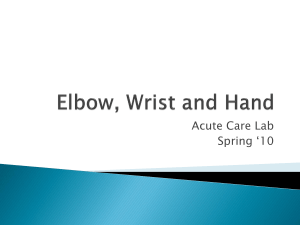Chapter 11
advertisement
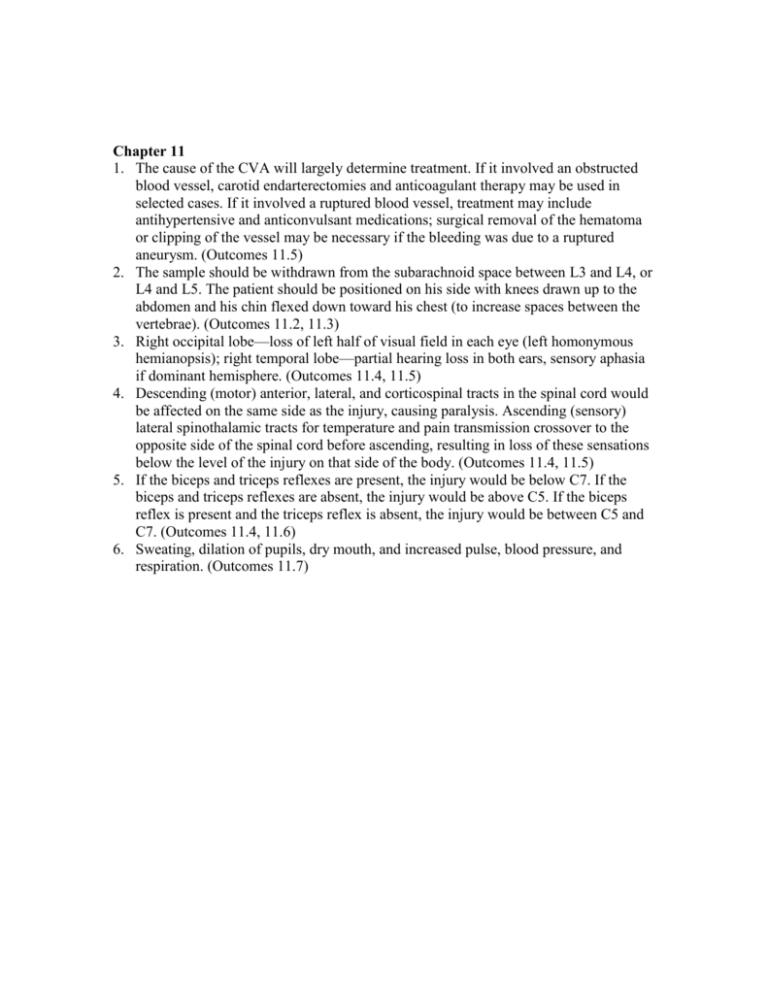
Chapter 11 1. The cause of the CVA will largely determine treatment. If it involved an obstructed blood vessel, carotid endarterectomies and anticoagulant therapy may be used in selected cases. If it involved a ruptured blood vessel, treatment may include antihypertensive and anticonvulsant medications; surgical removal of the hematoma or clipping of the vessel may be necessary if the bleeding was due to a ruptured aneurysm. (Outcomes 11.5) 2. The sample should be withdrawn from the subarachnoid space between L3 and L4, or L4 and L5. The patient should be positioned on his side with knees drawn up to the abdomen and his chin flexed down toward his chest (to increase spaces between the vertebrae). (Outcomes 11.2, 11.3) 3. Right occipital lobe—loss of left half of visual field in each eye (left homonymous hemianopsis); right temporal lobe—partial hearing loss in both ears, sensory aphasia if dominant hemisphere. (Outcomes 11.4, 11.5) 4. Descending (motor) anterior, lateral, and corticospinal tracts in the spinal cord would be affected on the same side as the injury, causing paralysis. Ascending (sensory) lateral spinothalamic tracts for temperature and pain transmission crossover to the opposite side of the spinal cord before ascending, resulting in loss of these sensations below the level of the injury on that side of the body. (Outcomes 11.4, 11.5) 5. If the biceps and triceps reflexes are present, the injury would be below C7. If the biceps and triceps reflexes are absent, the injury would be above C5. If the biceps reflex is present and the triceps reflex is absent, the injury would be between C5 and C7. (Outcomes 11.4, 11.6) 6. Sweating, dilation of pupils, dry mouth, and increased pulse, blood pressure, and respiration. (Outcomes 11.7)
